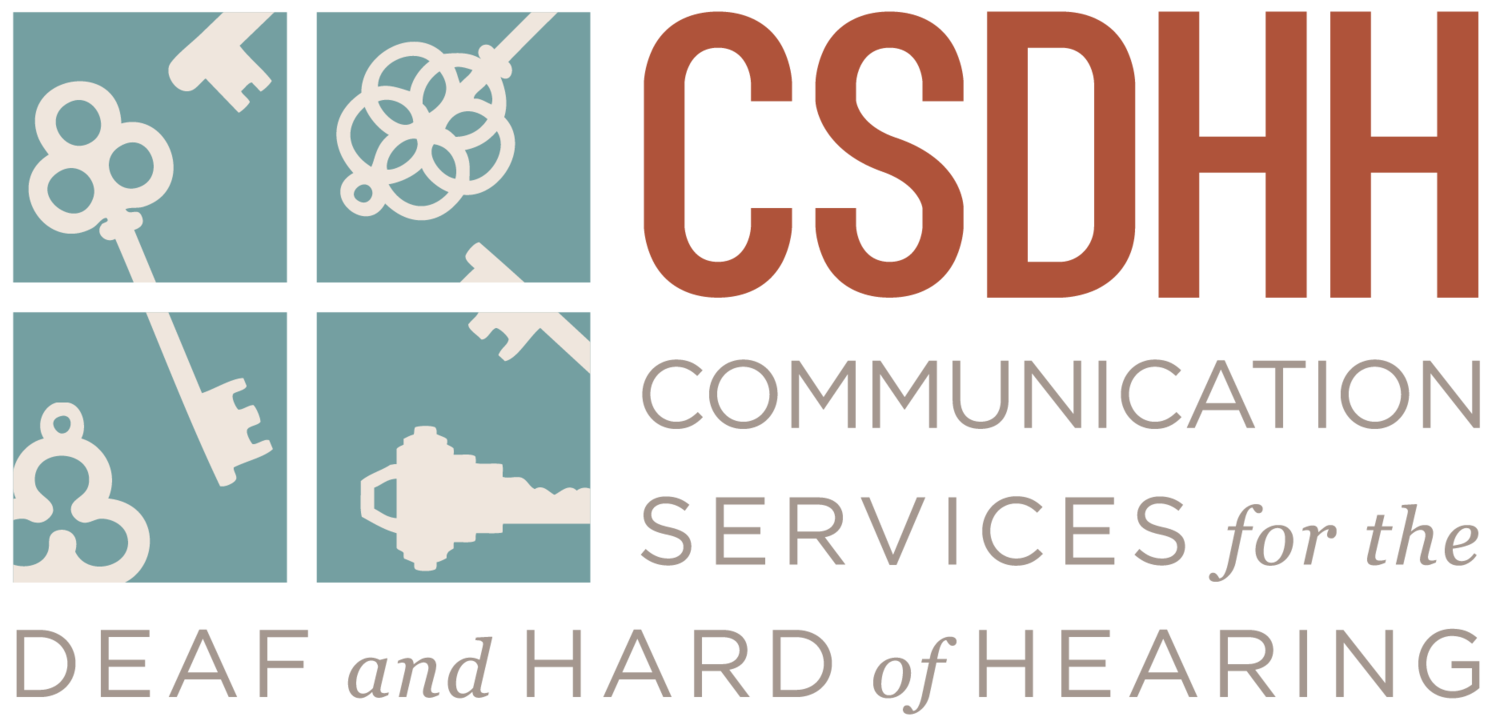Unlocking barriers through awareness, accessibility, and inclusion.
A little about ASL and ADA:
ASL is a visual language, not based on English. As a second language for native ASL speakers, English is often not an easy or clear way for many Deaf and Hard of Hearing individuals to communicate.
It’s on service providers to supply things like handicap ramps – and providing effective communication is no exception. For many Deaf and Hard of Hearing individuals, this means being able to give and receive instructions in their native ASL. Imagine preparing for an upcoming surgery and only being able to communicate with the doctor by writing everything in your second language? The need for an interpreter can arise in a doctor’s office, school, or courtroom. That’s where we come in – we can provide information, advocate for individuals, or provide interpreting and captioning services.
The Facts:
- An estimated 8.6% of the population has hearing loss
- .49% of the population has a profound hearing loss and can be designated as Deaf
- ASL is considered a second language
- More than 90 percent of Deaf children are born to hearing parents*
- Men are more likely than women to report having hearing loss*
* National Institute on Deafness and Other Communication Disorders
The details:
We’re a non-profit 501(c)3 organization with a 7-member Board of Directors. Our Board consists of local community leaders and business professionals who represent the Piedmont Triad, and is majority d/Deaf.
Funding for CSDHH is sustained through donations, fundraising, and restricted grants from both state and private foundations. We’re also partly funded through fees from service activities, such as interpreting, captioning and sign language classes.
Looking to help out? Learn more about donation and volunteer opportunities here. Have a question about funding? We believe transparency is key – contact us and we’ll do our best to fully answer your question.

